Category: Mormon Arts
-
Announcing a Mexico Mission Hymns Series
I’m excited to announce a new project that I’ll be sharing on Times and Seasons over the next few months – my Mexico Mission Hymnody project. A few years ago, a future new edition for the Hymns of the Church of Jesus Christ of Latter-day Saints was announced. While working on what would become my…
-

The First AI Church Art Show
I have grade school offspring that can draw better than me, and because of the accident of God ordained gifts (or lack thereof), I’ve been a little envious of those who are in a position to create meaningful, powerful art. Several posts ago I discussed how art creation is on the precipice of being radically…
-
Ghostwriter to the Prophet
I suspect that if we really knew and experienced the early history of the Church of Jesus Christ of Latter-day Saints for ourselves, we might be surprised by who were the most influential members in shaping the developing Church. In a recent From the Desk interview, Bruce A. Van Orden discussed one candidate for that…
-

Of Flags and Symbols of the Church
The state of Utah is looking into creating a new flag. I was interested, so looked into best practices for flag making (vexillology) and found a handy guide from the North American Vexillological Association that suggested five basic principles of flag design: Keep it simple (the flag should be so simple that a child can…
-
Jesus in Recent Latter-day Saint Art
At the Mormon History Association conference this weekend, Anthony Sweat shared a funny story during his presentation on “A White Jesus and a Global Church.” Apparently there were some individuals who were visiting BYU from Saudi Arabia to observe teaching at the institution. During a class that Dr. Sweat was teaching, the Saudis saw a…
-
Under the Banner of Heaven: Review of First Two Episodes
I suspect a fear among some conservative Latter-day Saints is that a blockbuster, widely viewed movie will come around that presses on uncomfortable pressure points in a sophisticated way, and the 1-3 things that people know about the Church offhand will include whatever seeped into the public consciousness because of said blockbuster film. Similarly, a…
-
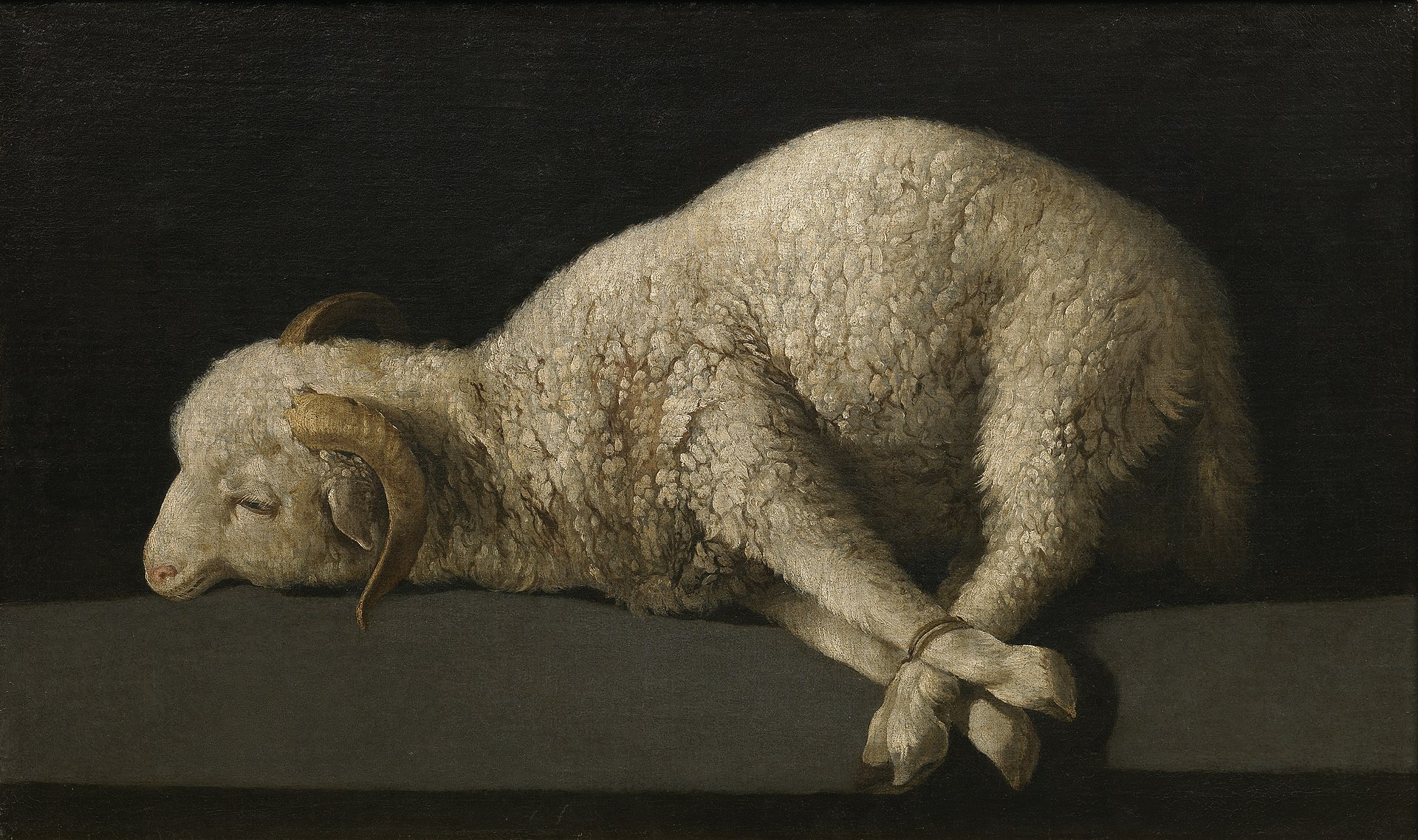
Spiritually Moving “Great Art”
I don’t really get art. I couldn’t tell you whether a painting was done by a renaissance master or the local community college art teacher. While some of this is probably due to sort of an emperor’s new clothes style tastemaking by elites, I’ll concede that some of it may be due to my tastes…
-
My Top Religious Themed Movies, Ranked
A well done religious-themed movie can be a powerful spiritual experience. Unfortunately, the movie industry generally either shies away from religious themes (unless to deride them), or they fit in the Christian cinema niche that produces simple starches for the masses. It is hard to find a religious-themed movie that is authentically spiritually touching and…
-
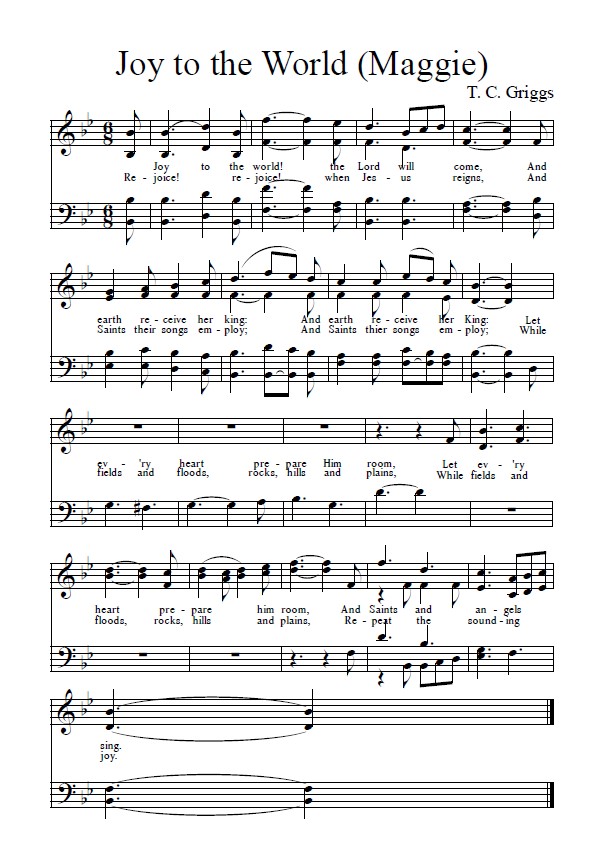
“As we commemorate the birth of Jesus Christ”
Of all the Christmas carols in the English hymnbook, the one with the longest association with the Church’s hymnals is “Joy to the World.”[1] It’s probably fitting, then, that the “Come, Follow Me” materials for this week reference it. The reading material for the week is the document “The Living Christ,” published by the First…
-
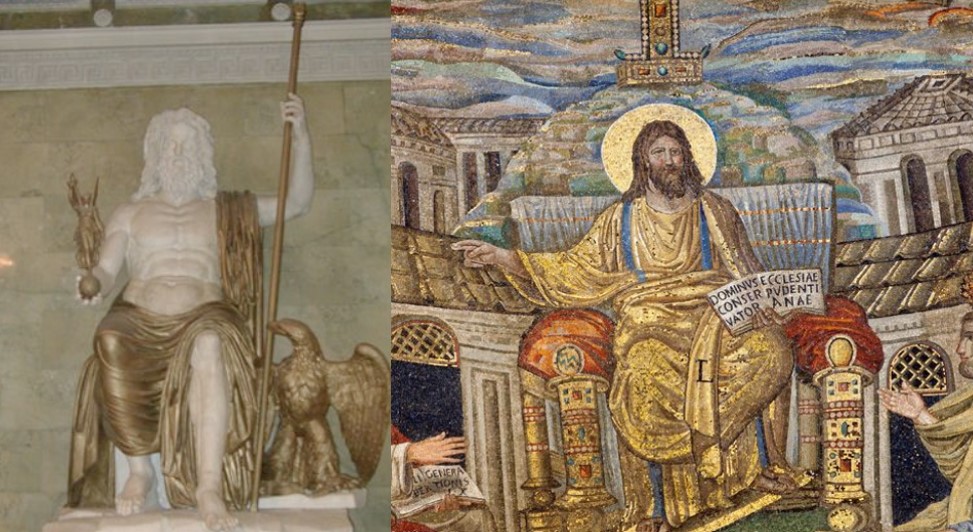
“They saw the Lord”
What does Jesus look like? It’s a question that we can only guess the answer to or speculate about, but one that does come up in a religion that embraces using artistic depictions of members of the Godhead. In general, the scriptures fail to describe his physical appearance in any detail. Joseph Smith documented several…
-
Lit Come Follow Me: D&C 76: The Vision
Poetry for this week’s Come Follow Me lesson, D&C section 76, The Vision of the Celestial Kingdom — plus, was Joseph Smith a poet?
-
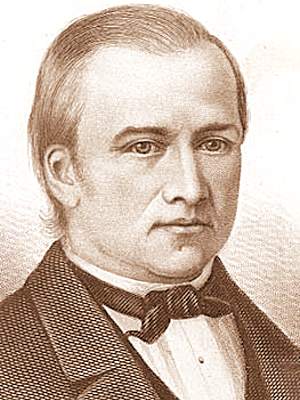
Lit Come Follow Me: D&C 71-75: Criticism, Consecration and Proclamation
Poetry for this week’s Come Follow Me lesson, D&C sections 71-75, addressing Criticism, Consecration and Proclamation
-
Lit Come Follow Me: D&C 67-70: The Lord’s Witness, Inspiration, and Parenting
Poetry for this week’s Come Follow Me lesson, D&C sections 67-70, addressing The Lord’s Witness, Inspiration, and Parenting
-
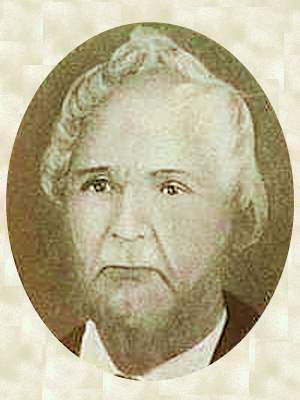
Lit Come Follow Me: D&C 63: Rebelliousness and Signs—The Lord is in Control
Poetry for this week’s Come Follow Me lesson, D&C section 63, addressing rebelliousness and signs, but concluding that the Lord is in control
-
Why Mormon Literature is Vital
Last night poet and author James Goldberg, current president of the Association for Mormon Letters (AML), gave a short but masterful Presidential address as part of the AML’s annual conference. His poetic style and urgent message is quite powerful, despite being just 12 minutes long. Please watch this and let me know what you think!…
-
Lit Come Follow Me: D&C 60-62: Missionary Work
Poetry for this week’s Come Follow Me lesson, D&C sections 60-62, addressing missionary work and the Lord’s support for us.
-
Lit Come Follow Me: D&C 58-59: Timing of Blessings, Sabbath Day
The end is always a new beginning. The arrival of the first Latter-day Saints in Independence, Missouri was both an end and a beginning. They accomplished the goal of gathering to Zion, but then realized that now they had to actually build Zion—a process that has, in a variety of ways, continued ever since. For…
-
Lit Come Follow Me: D&C 51-57 — Temporal Zion
By going in order through the Doctrine and Covenants, the Come Follow Me lessons sometimes show the concerns of the Church at a particular point in time. The seven sections included in this lesson are quite varied, but all demonstrate temporal concerns — where to put all the immigrants arriving in Kirtland, how members should…
-
Lit Come Follow Me: D&C 49-50 — Marriage, Falsehood & Edification
Poetry for this week’s Come Follow Me lesson, D&C sections 49-50, addressing marriage, identifying falsehood & edification through spiritual gifts.
-
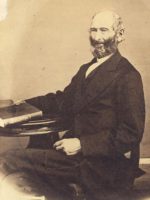
Lit Come Follow Me: D&C 46-48 — Welcome, Spiritual Gifts, History and Sharing
Poetry for this week’s Come Follow Me lesson, D&C sections 46-48, addressing being welcoming, spiritual gifts, keeping a history and sharing the lands we own.
-
Lit Come Follow Me: D&C 45 — Standards and Zion
Poetry for this week’s Come Follow Me lesson, D&C section 45, addressing the raising of gospel standards and establishing Zion.
-
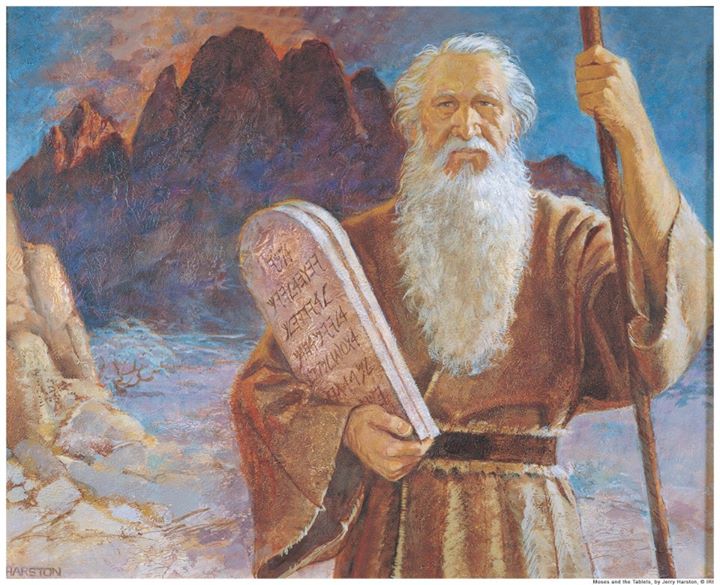
Lit Come Follow Me: D&C 41-44 — Law, Consecration and Revelation
Poetry for this week’s Come Follow Me lesson, D&C sections 41-44, addressing the law, consecration for supporting the poor, and the role of revelation.
-
Lit Come Follow Me: D&C 37-40 — Gathering, Fears and Cares
Poems about the Gathering, preparation in order to ally our fears, and the cares of the world, to accompany the Come Follow Me lesson for April 12 to 18.
-
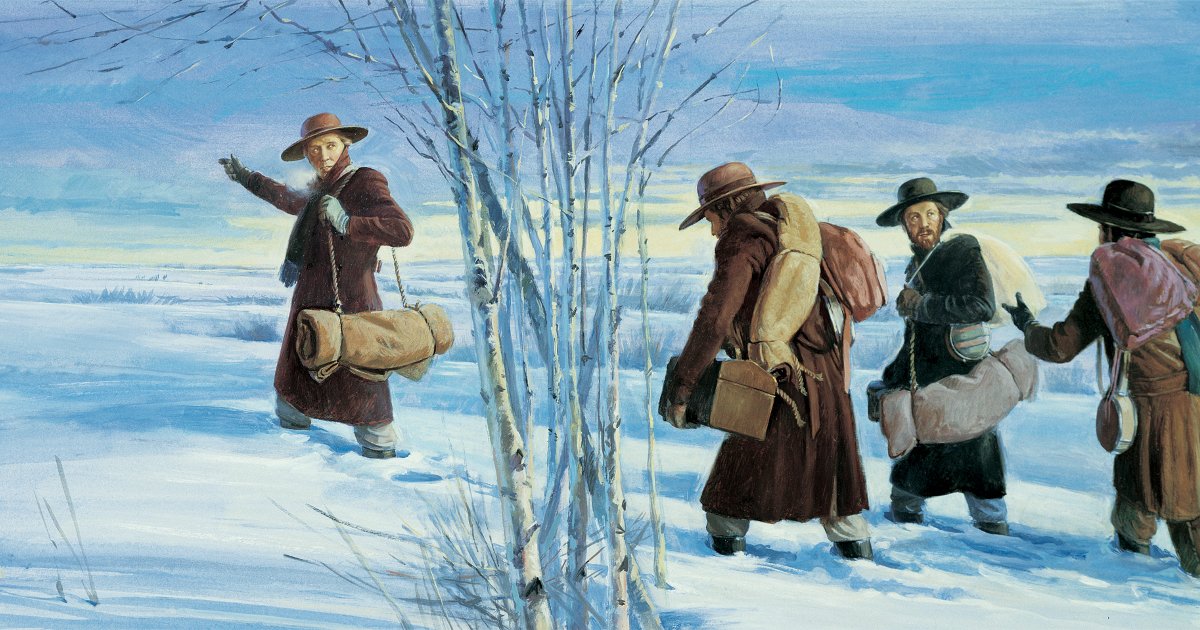
Lit Come Follow Me: D&C 30-36 — Missions and Family Relationships
The seven sections of the Doctrine and Covenants covered by this week’s Come Follow Me lesson discuss, in general, missionary work and the subsequent benefits of membership in the Kingdom. The first five of these sections include missionary calls to David Whitmer, Peter Whitmer Jr., John Whitmer, Thomas B. Marsh, Parley P. Pratt and Ziba…
-
Counterpoint: A Feeling of Loss–On Murals and Temples
I lived a significant portion of my life in Logan, Utah and frequently attended the temple during the time that I lived there. I had a lot of beautiful and sacred experiences while doing so, but I also rarely attended that temple without experiencing some feelings of loss. In the late 1970s, in order to…
-
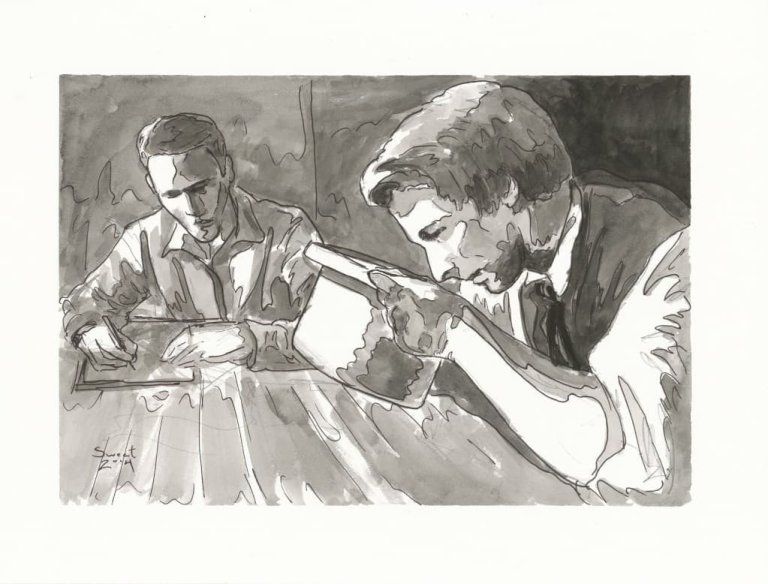
Art and Latter-day Saint History with Anthony Sweat
Some years ago, an institute teacher in a Church history class I attended said with some levity that: “I bear my testimony that Church media is not true.” He said this hyperbolic statement in the context of a class where we talked about Joseph Smith translating the Book of Mormon, and he went on to…
-

Lit Come Follow Me: D&C 29 — Gathering and the Plan of Salvation
Two poems to enhance study of the Come Follow Me lesson for D&C 29, which covers both the Gathering and the Plan of Salvation. The poems are Eugene A. Rooch’s Come, Gather to Zion and Joseph L. Townsend’s Among the Ancient Indian Mounds
-
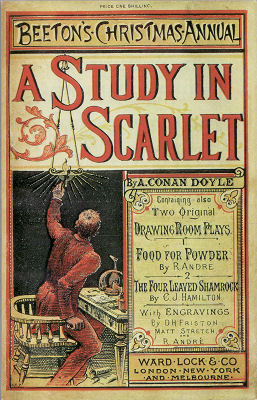
Redux: Responding to bigoted but famous texts—by Seuss and Doyle
The recent controversy over the decision of the literary estate of Theodore Seuss Geisel to stop selling six of his Dr. Seuss books because of their bigoted depictions of minorities reminded me of a somewhat similar situation. Nearly 10 years ago, I wrote the post Responding to Bigoted but Famous Texts about a Virginia school district…
-
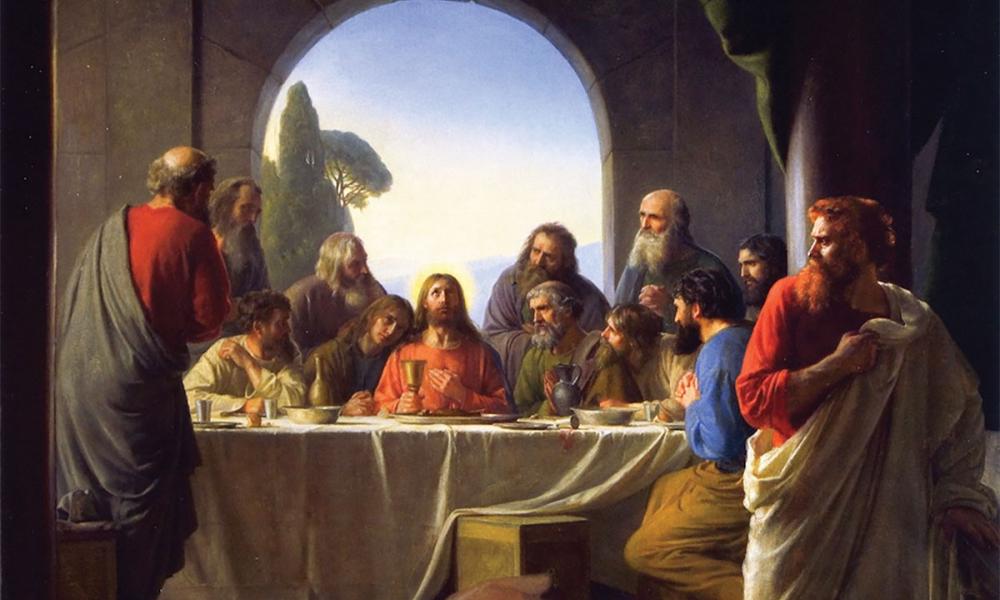
Lit Come Follow Me: D&C 27-28 — Sacrament and Supremacy
A function of revelation is clarifying confusion and what isn’t clear. And this function is displayed in the two sections of the Doctrine and Covenant’s covered in this coming week’s Come Follow Me lesson. In Section 27, we learn that it isn’t necessary to use wine in the sacrament (and, in fact, “it mattereth not…
